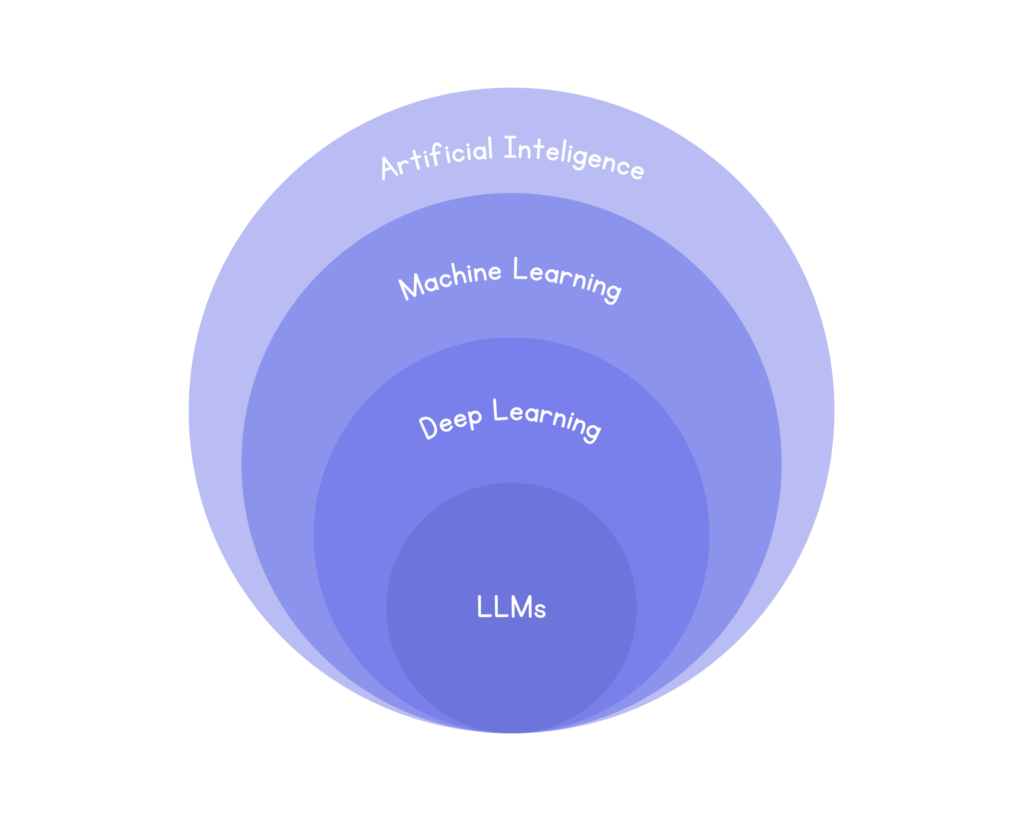Innovación en Nuevo León y el mundo
Sexta Edición
Exploring Generative AI: Opportunities, Challenges, and Future Projections
Autor: Natalia Kalife Dieck | Softtek
In November 2022, ChatGPT shook the world. Not long after its launch, it became the “fastest-growing tech product in history” (Emily Chang, Bloomberg, 2023). Since then, Generative AI has found new ways to surprise the world and spark a new era of creativity and unexplored possibilities. Questions have surged about its impact on jobs and what its advancement will signify for different industries. Following, we will explore projections, use cases, and rising challenges.
Generative AI, or GenAI, is a branch of AI that can create unlimited amounts of new content, including text, images, sound, video, code, and more. Gartner defines it as AI techniques that learn from data to produce new content. GenAI can also be explained as complex models that generate human-like output.
Once we understand the concept of GenAI, we can discuss how it works. In its simplest form, GenAI models are trained with vast amounts of data from different sources. These models are then fine-tuned via reinforcement learning from human feedback (RLHF). This fine-tuning can enable domain-specific use cases and outputs to align more with human preferences. Then, these models can conversationally produce unlimited and infinite content.

People have mostly interacted with large language models (LLMs), models that generate responses in the form of text. Nevertheless, models are quickly advancing to generate multiple data types, such as multimodal models.
Impact of GenAI
According to Zeitgeist (2023), 72% of companies will significantly increase their investment in AI. CEOs across multiple industries are finding new ways to integrate GenAI into their strategies. Industries that could expect the highest impact from this technology include banking, high-tech, and life sciences.
The expected impact of this technology supports the projected increase in investments. For instance, McKinsey (2023) predicts that half of today’s activities could be automated between 2030 and 2060. Further, Deloitte (2023) estimates the market size for GenAI to reach $200B by 2032.
Use Cases
Over half of the value from GenAI will derive from four specific areas: Customer Operations, Marketing and Sales, Software Engineering, and Research & Development (McKinsey, 2023).
Regarding Software Engineering, GenAI can augment and aid developers through AI coding assistants, design-to-code tools, AI-augmented testing tools, and more. Gartner (2024) expects that by 2028, 75% of enterprise software engineers will use AI coding assistants.
Among the most promising use cases and trends for Marketing and Sales is the ability to summarize and generate recommendations based on customer sentiment, create unlimited campaign variations, hyper-personalize ads, improve SEO, generate product names and descriptions, and more.
These are only a few use cases that have already changed jobs and created new ones, like prompt engineering. Even though these and other use cases will generate a lot of value, there are still many challenges to address.
Challenges
One of the main concerns around this technology is that it hallucinates; that is, it makes things up and communicates them as facts. As Reid Hoffman (2023) put it, responses that are “very credible and completely wrong.” Other concerns include monitoring and observability of these models, managing confidential information, and protecting Personal Identifiable Information (PII).
The future of Generative AI will undoubtedly bring significant challenges and, with it, great promise for the most complex business challenges.
Solicita información sobre nuestros servicios o los de nuestros asociados.
Envíanos tus datos y nos contactaremos contigo.

Dirección
- Miguel Hidalgo 02404 Pte. Col.Obispado Monterrey, N.L. CP. 64060
Correo electrónico
Certificaciones

